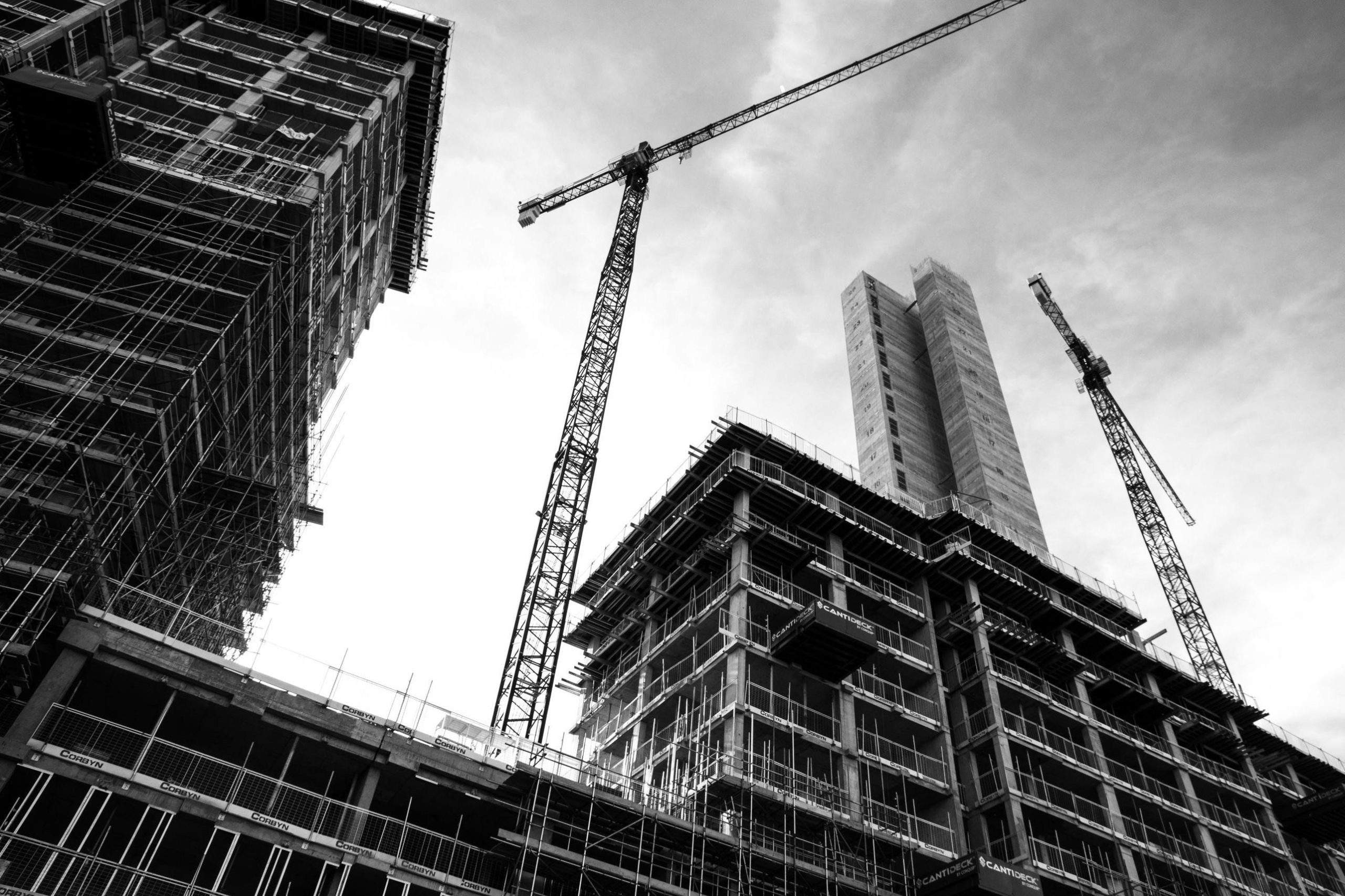
Everyone who has done a kitchen renovation knows that construction is hard. It’s slow, progress is painful, getting all the trades to come at the right time is like getting the stars to align, and there is massive waste in the process.
Exyn Technologies think they can reduce some of it via drones. And the company just landed a major client: Obayashi, the largest Japanese construction firm.
But these drones won’t lift a hammer or install a window. Rather, they’ll fly the entire construction site continuously and autonomously, mapping 3D space and uploading the visual data to BIM platforms — building information modeling systems — to ensure that everything stays on track. Essentially, they’re creating a living, breathing digital twin of the constantly-evolving job site in near real time.
They won’t be doing this for your next bathroom redo, of course.
This is intended for the $1.5 billion stadium, or $1 billion tower, or the $250 million hotel build.
A construction site
“McKinsey actually did a study where they quantify the global construction industry as an $8 trillion industry,” CEO Nader Elm told me recently on the TechFirst podcast. “And they also quantified that $3 trillion of that is actually down to inefficiency and waste.”
MORE FOR YOU
A lot of that waste boils down to bad information, Elm says.
Trade do things at the wrong time. A wall gets installed before the wiring is laid, or a window gets put in before interior fittings get loaded through the opening. Even with the best goodwill in the world, information passes slowly from trades to subcontractors to contractors to supervisors working for the general contractor.
That means large construction firms map their projects frequently, generally walking through a massive project and snapping pictures. It’s a manual process that’s very time-consuming.
Exyn’s solution is to deploy basically the same autonomous drone they use for GPS-free mine mapping. But large construction sites are challenging locations for autonomous drones.
“You can’t count on having an immobile or static environment,” says COO Ben Williams. “Things change, it’s dynamic. Even if you have nothing planned to move, someone’s leaving a forklift, or a truck, or a bag, or whatever in the way of things, and so, because of that, you need a system that is able to respond in real time to changes in its environment.”
Drones that hope to operate here need to continue working even if they encounter obstacles, including new ones daily, and even if they lose GPS signal in a basement or parking garage. Solve that, and you might be able to save yourself a huge amount of labor.
Listen to our conversation
Digital twin tech, or digitizing a representation of the physical environment, is the goal.
“Previous to this, if you wanted to go see the status of a construction site, you would have to go walk the site [with] a camera,” Williams says.
Then you either have a few hundred (or thousand) digital pictures to review, or you’re loading them hand into some kind of photogrammetry software. In some cases, if you wanted to do that, you needed to ensure your lighting was good, you might have had to use a tripod every 15 to 20 feet, and you might have had other requirements from your software.
“The basic idea here is that you are massively streamlining that process,” Williams says. “The same thing that would take you all day to capture from traditional methods might take you an hour, or even less, with an autonomous system, and so you are both increasing the accuracy, the speed with which you can operate, and you’re able to actually run these sort of data analyses digitally that you weren’t able to even do before.”
In other words, you’ve automated data collection, you’ve automated data input, and you can run automated comparisons day over day to see what progress has been made and if there is anything concerning you should take a look at. That, says Williams, saves construction firms time and money in less re-work and remediation.
There’s a massive push to build robots that can help in some of the most dangerous and difficult job in construction — while helping solve the construction labor and skills shortage. Some of them are autonomous, while others require a human in the loop. Most of them move materials around, like Construction Robotics Mule, or use 3D printing techniques, like Branch Technology.
Exyn’s drone doesn’t move any I-beams or pump any concrete, but it promises to help with the increasingly digital nature of construction. The solution isn’t cheap though. While Exyn isn’t releasing pricing information publicly, it definitely won’t fit on my credit card.
Subscribe to TechFirst, or get a transcript of this episode.







